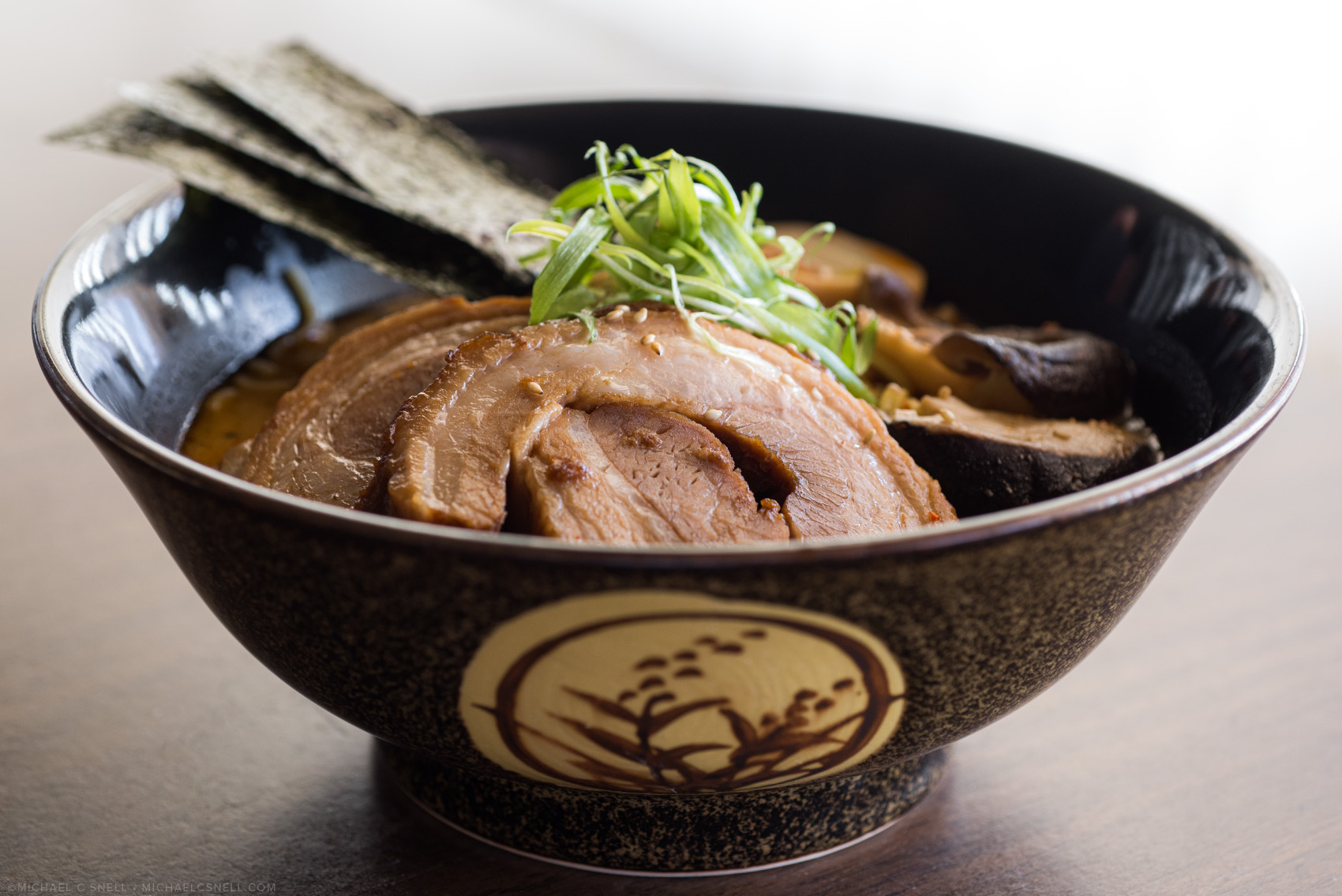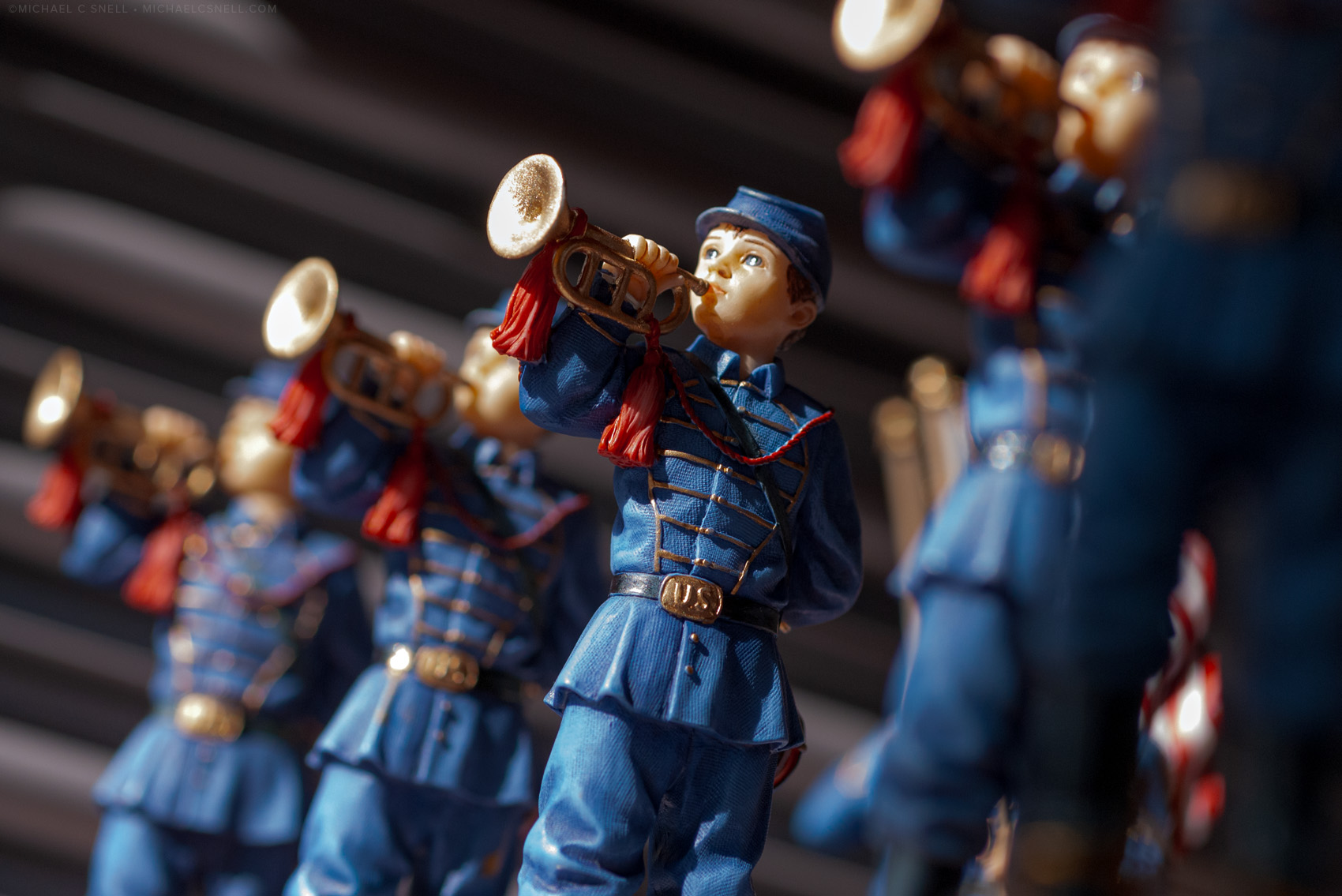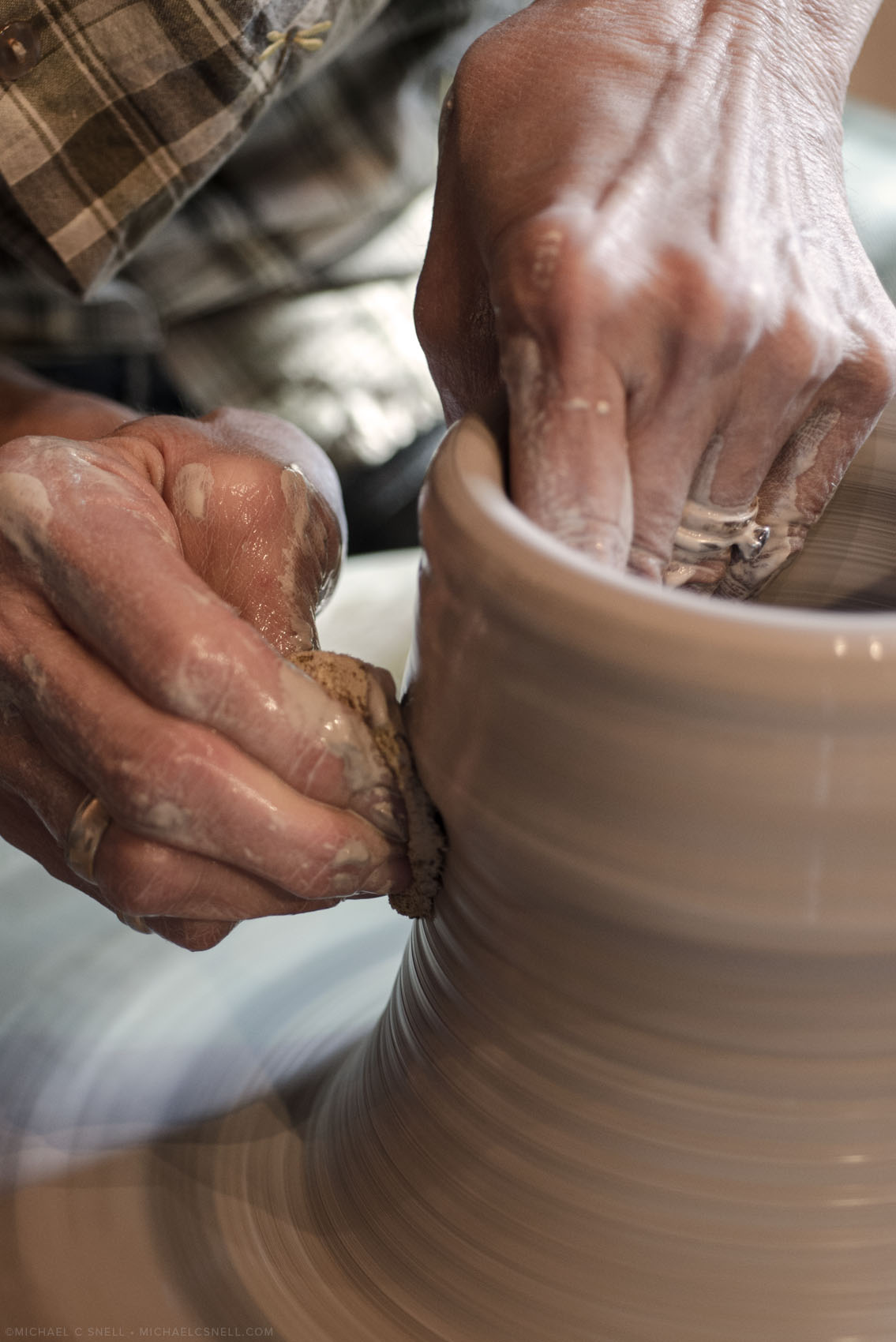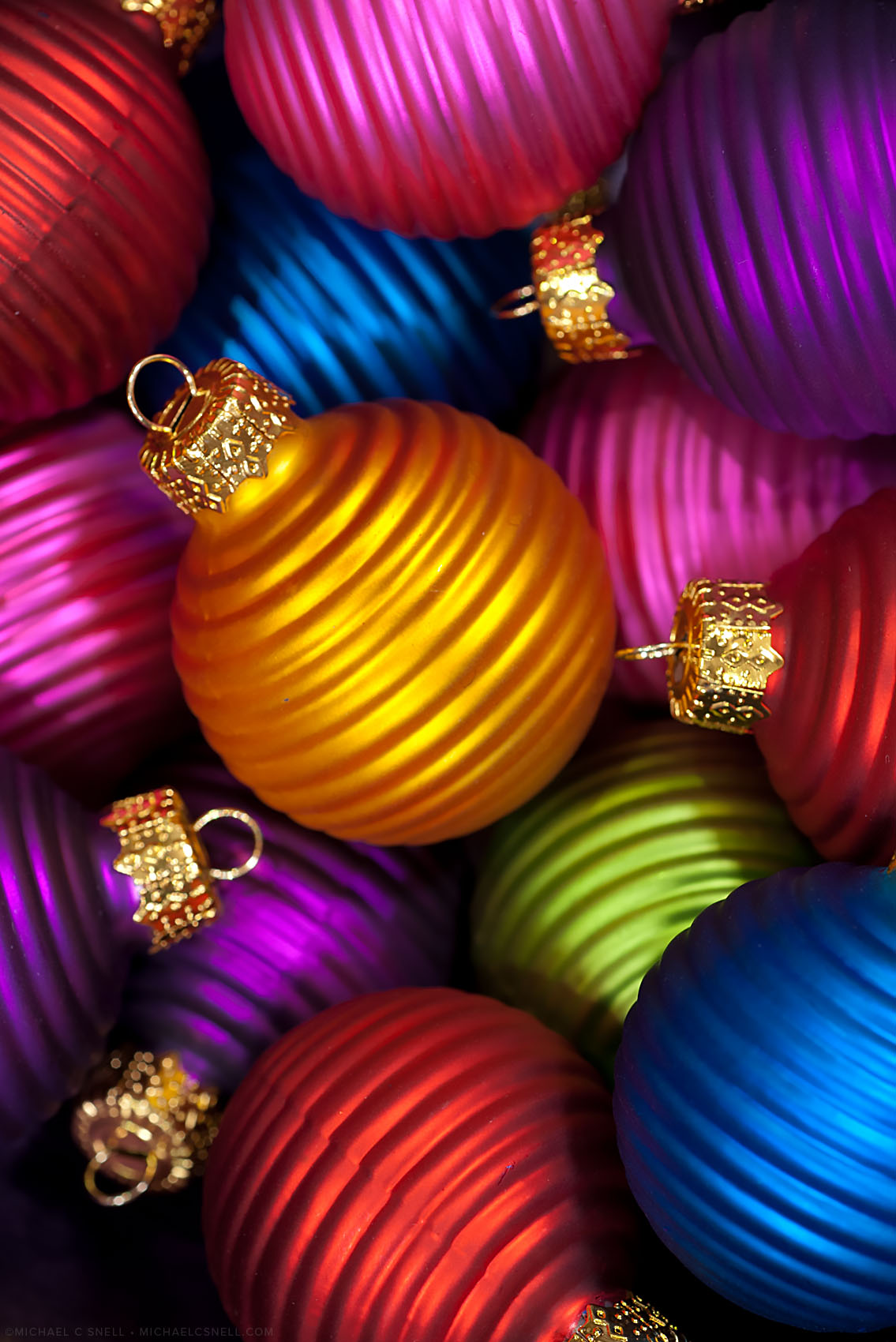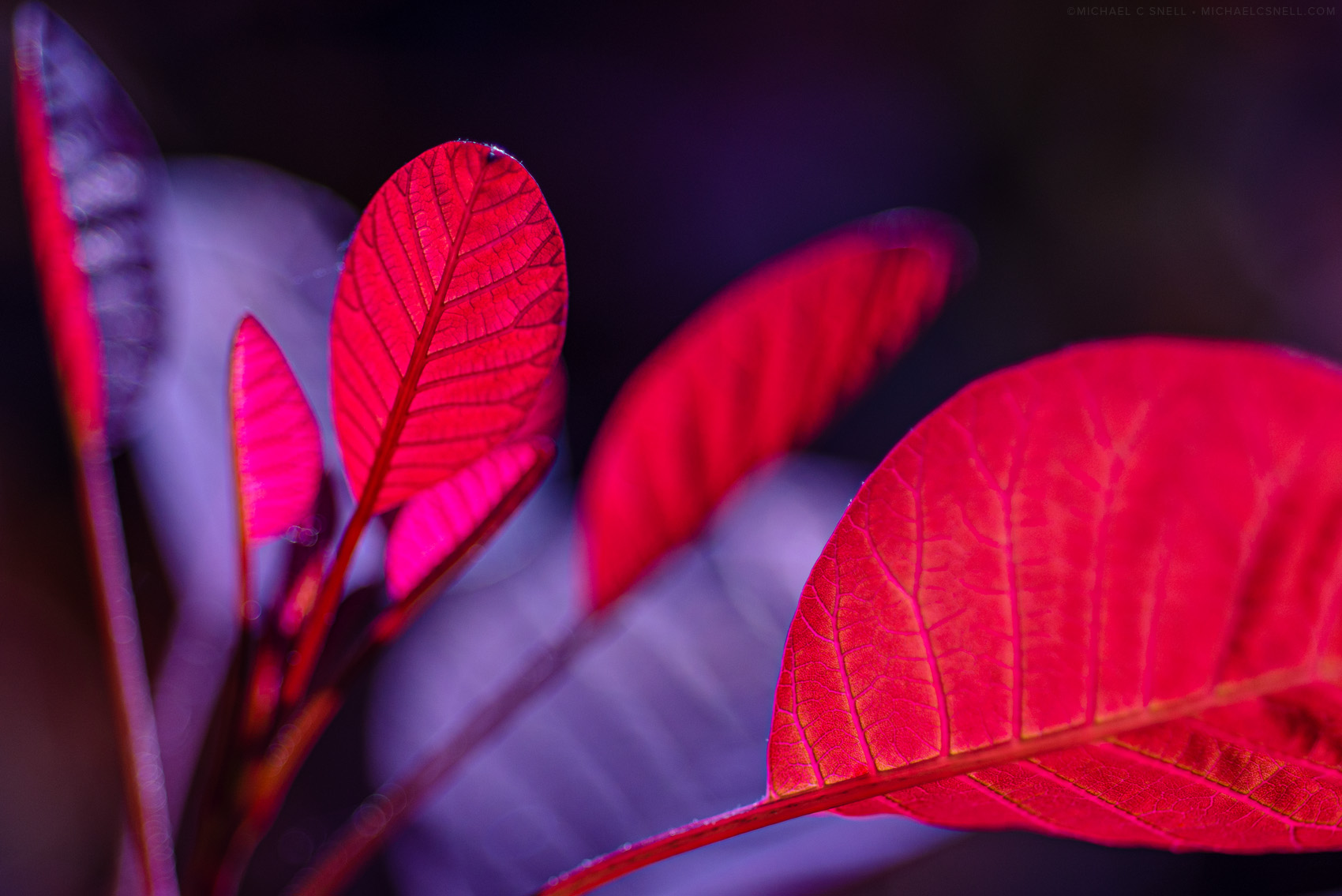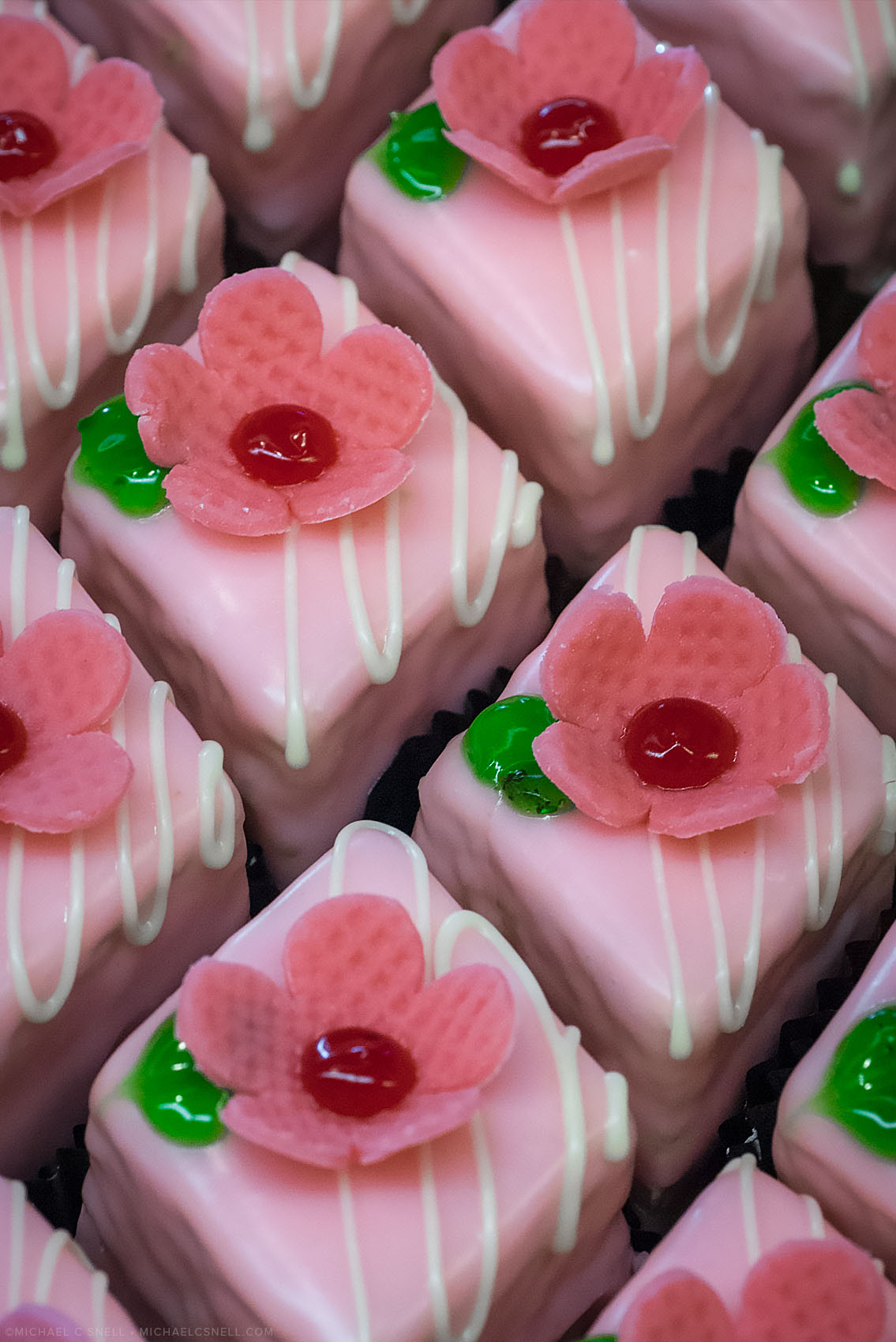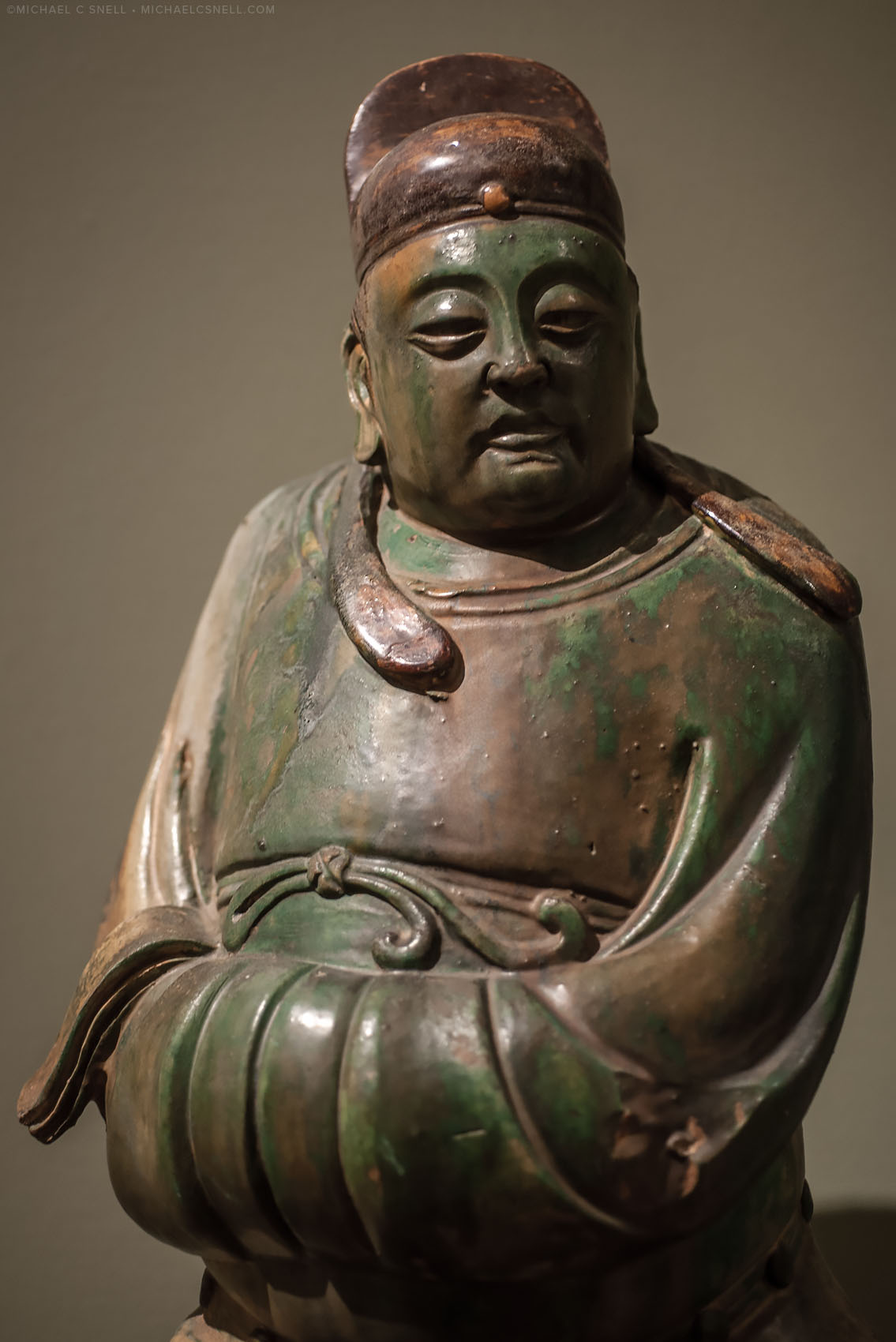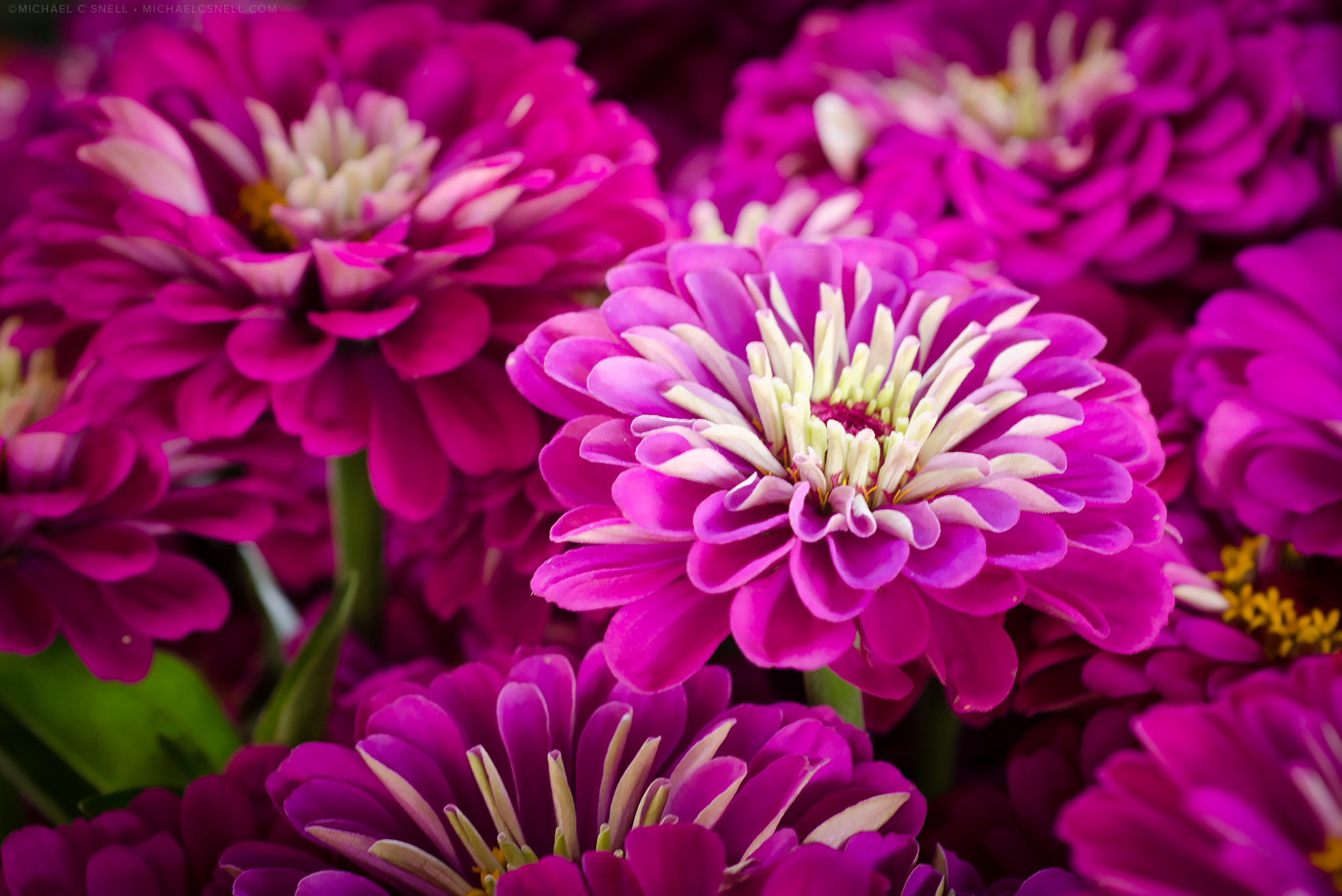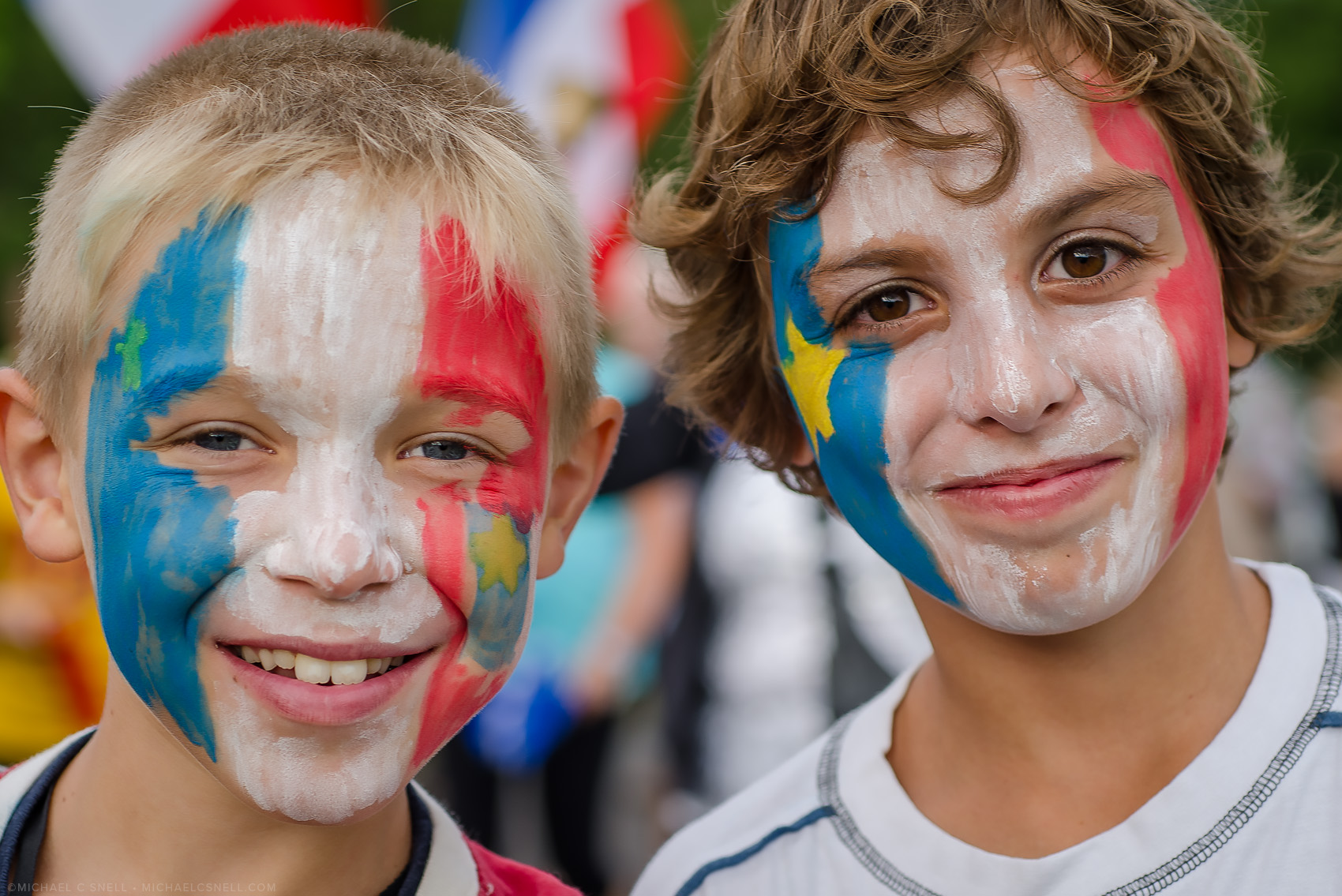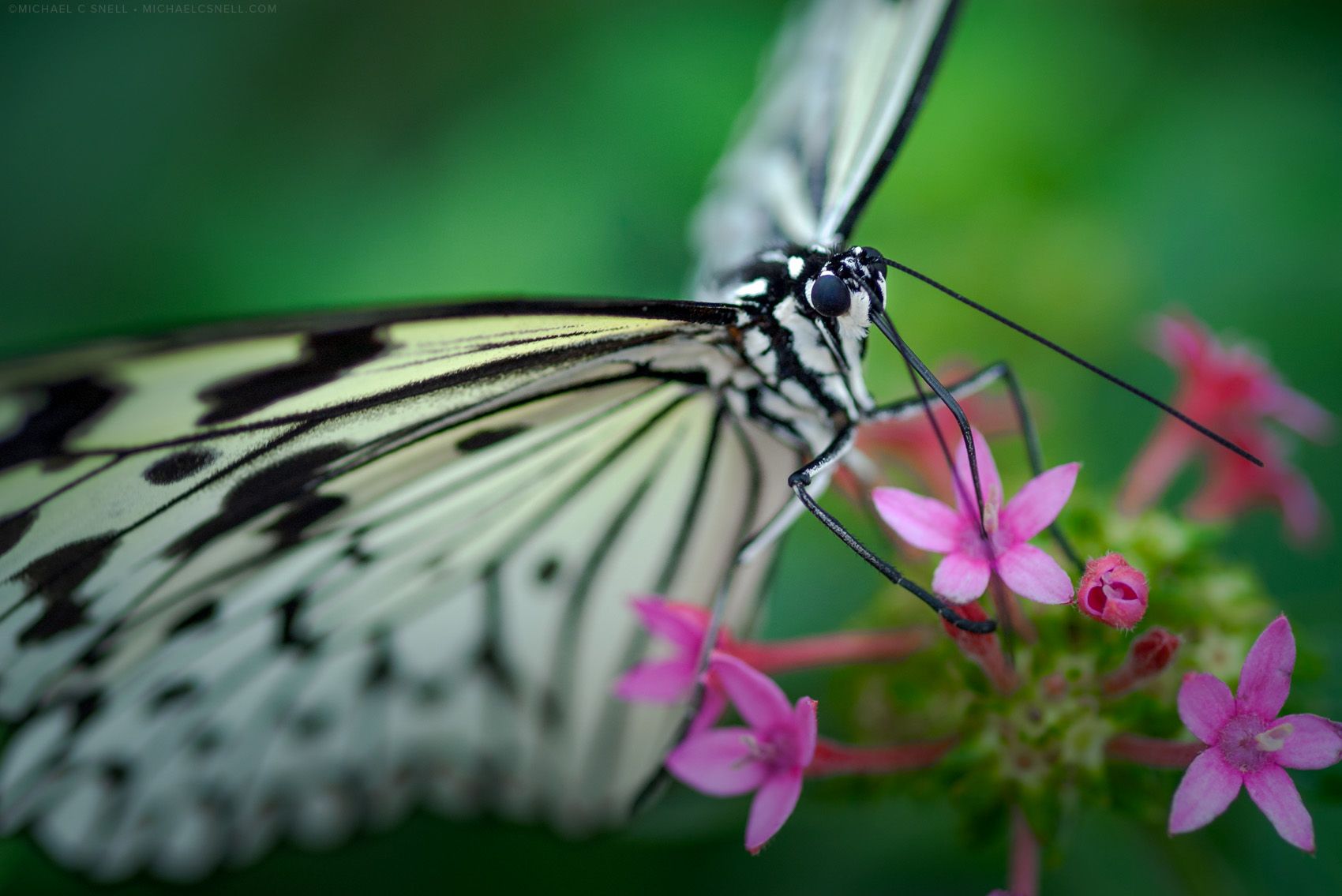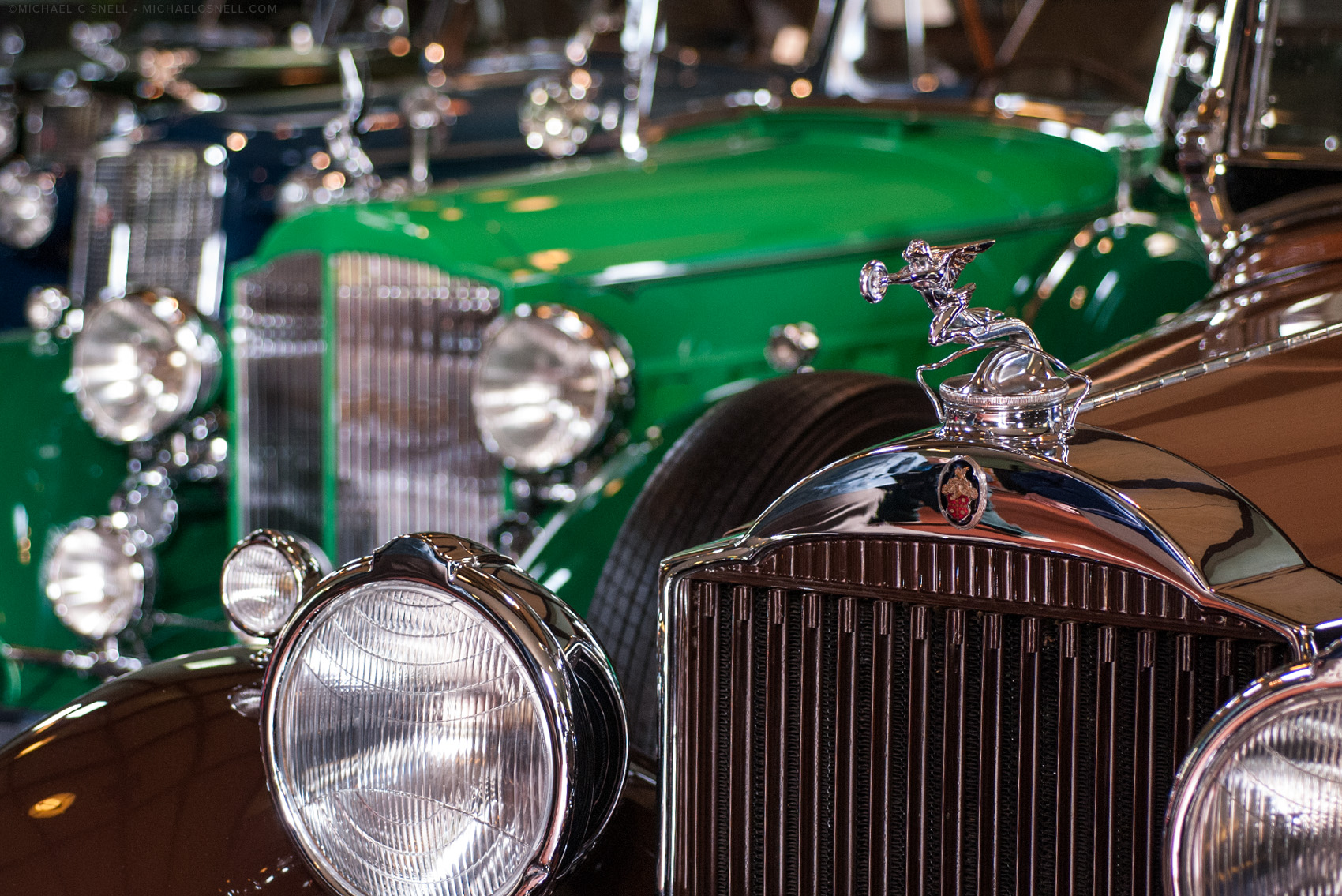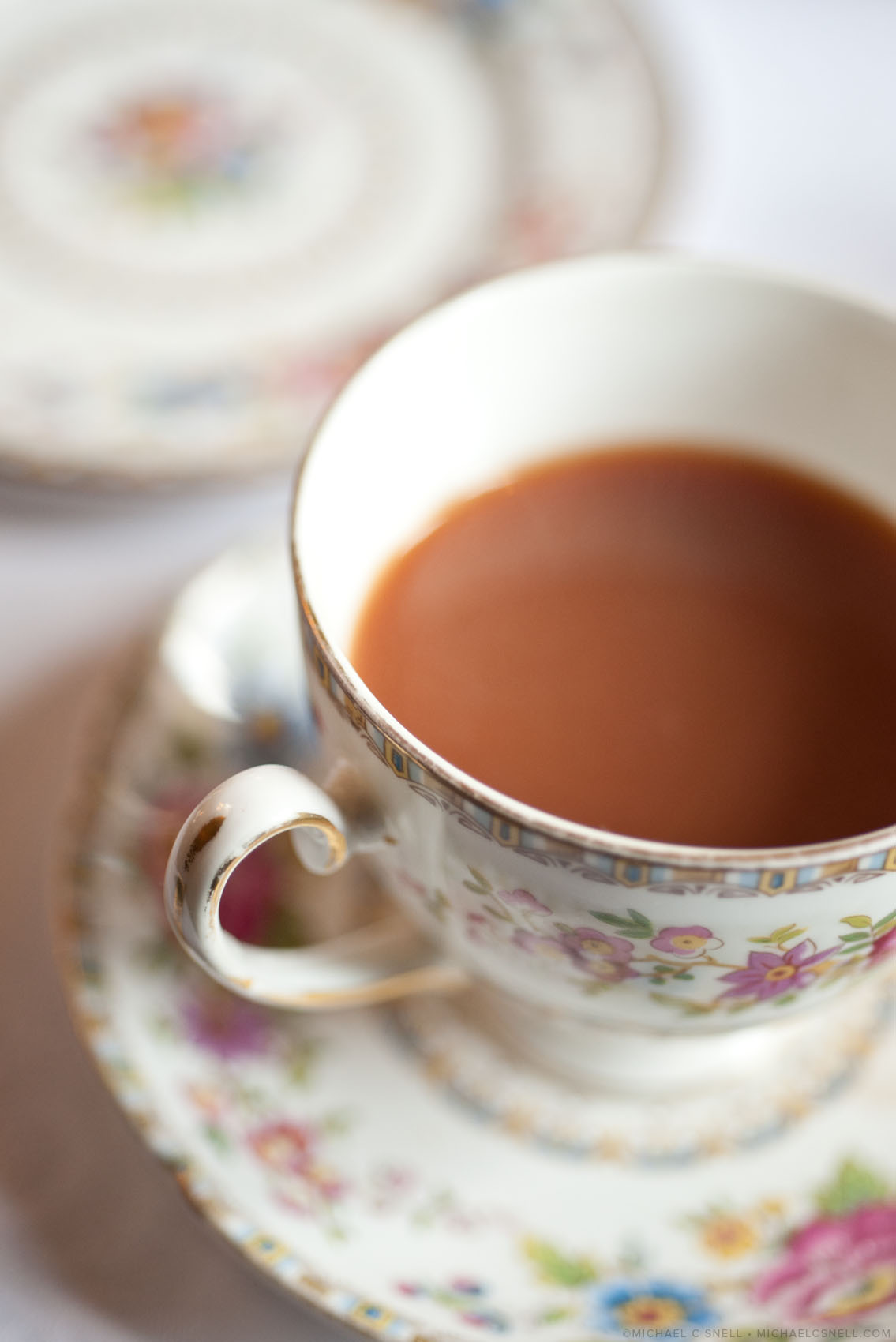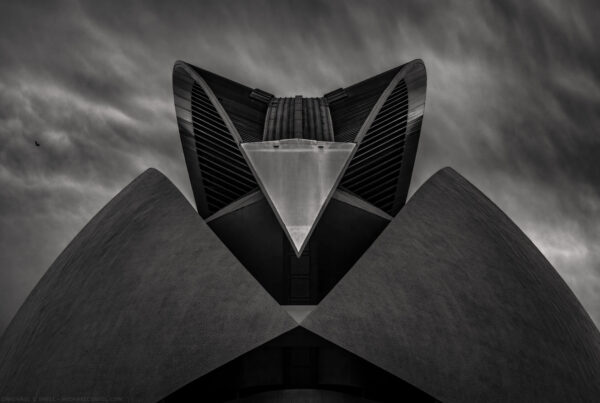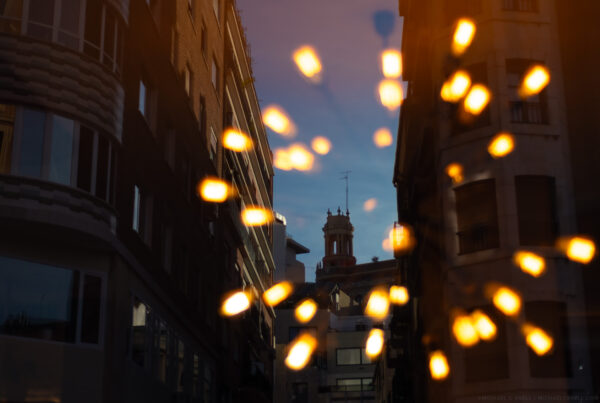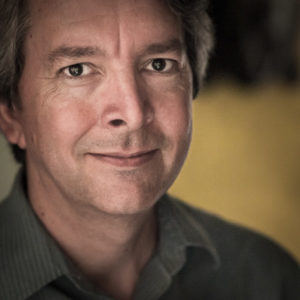Nikkor 60mm Micro Lens
I’ll admit it, I’m thinking about buying photo gear again. (Spoiler alert: I’ve already bought some!) Everything seems to be moving toward mirrorless these days and I’m not (yet) a fan. Maybe I’ll cover that issue more in a future post, but I’m taking this time to re-think my DSLR kit and consider filling some holes in my lens lineup.
As part of this process, I’m looking back at lenses that have served me well in the past, that might have useful siblings.
I find a macro lens to be indispensable. I’m using the term “macro” broadly. I’m not so interested in a lens will magnify a small object, but more in a lens that can focus very closely. Perhaps “close-up” lens is a more correct term for my needs, but you hopefully get the idea. I don’t need to make a tiny flea look enormous, but it’s nice to be able to photograph a plate of food from closer than 8 feet.
Seen here: 60mm macro shot of a butterfly I made for a story on butterfly gardens in the Midwest.
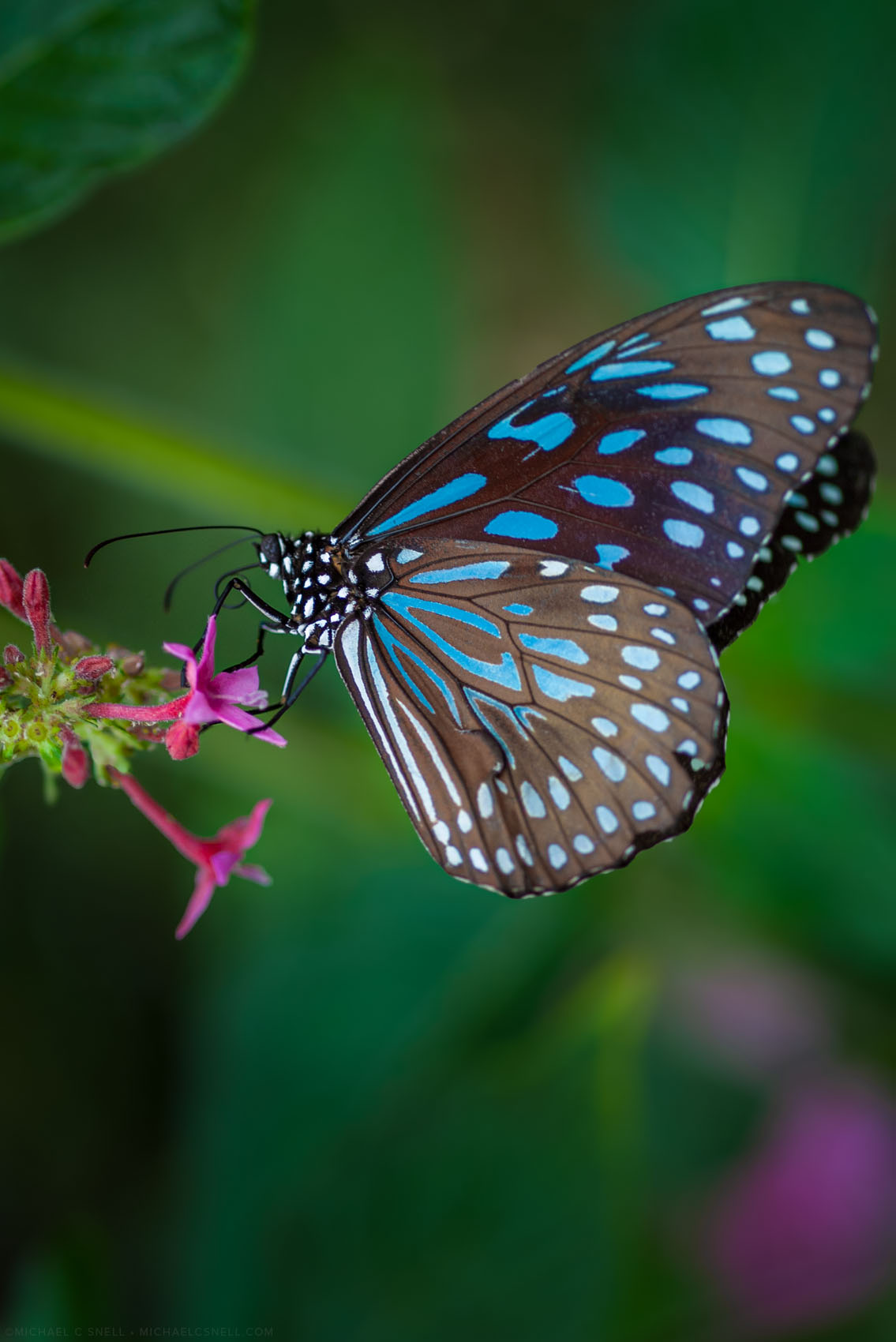
When photographing small things, you need to get close. Many of my lenses have minimum focusing distances of several feet, so getting close isn’t an option.
I’m not sure when I bought my Nikkor 60mm Micro (Nikon’s term for “macro” is “micro”), but I believe I’ve had it from my old film days. It’s possible I’ve had it for over 25 years and it’s been my go-to for close-up photography. You can focus as close as three inches for a 1:1 image (meaning that something that measures one inch across will also reach your sensor at one inch across). This lens is small, sharp and rugged. I often shoot it on manual focus because I find that easier when shooting very small subjects or with shallow depth of field, but the auto-focus works fine as well.

I love this lens for anything small that I need to get close to. In travel, that could mean food, small items in a museum, flowers, or any kind of detail shot. It’s also a decent portrait lens. It’s actually quite versatile and I’ve even shot landscapes and architecture with it.
Realizing how valuable this lens has been to me, I’m now thinking of adding its sibling, the Nikkor 105mm Micro. It’s still 1:1 but you don’t have to be quite a close. Useful for bees, or other insects that you might easily disturb. The extra reach could also be useful for food, as I often shoot food with an 80-200mm when I have the extra space to move back. I find the compression of a telephoto to be nice for food work.
Here are a few more examples of things I’ve shot with my 60mm Micro. As you can see, it works in a lot of diverse situations:
One other way I use my macro is to copy slides. You can read about that process in a prior post.
